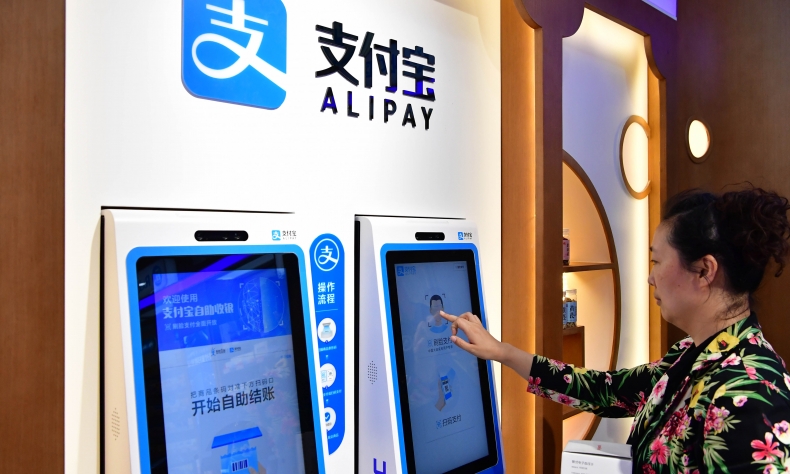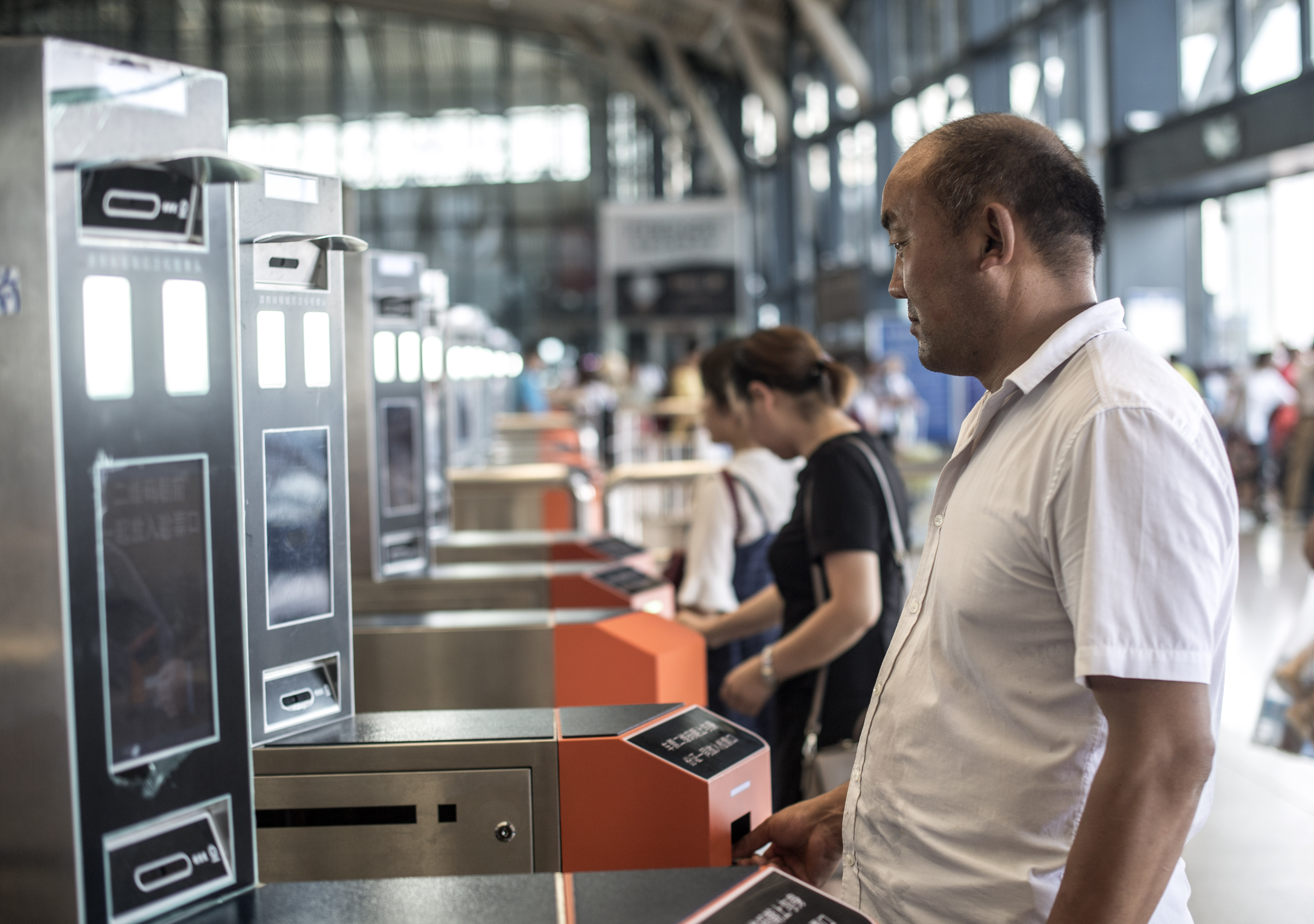Safeguarding Personal Data and Streamlining Authentication

The implementation of the new measures delivers not just convenience but also enhanced security assurance. This streamlined approach to identity verification represents a major step forward in China’s digital transformation.
Chinese authorities have issued a series of measures to regulate online identity authentication services. These measures, due to take effect on July 15, will promote the development of public services for cyberspace identity authentication to safeguard trusted digital identities and citizens’ personal information. This move supports the healthy and orderly growth of the digital economy.
With the Internet’s widespread adoption and the digital economy’s rapid expansion, online connectivity has become deeply embedded in all facets of society. People typically maintain multiple online accounts that collectively form their digital identities. When these identities are verified against real personal information, they become what’s known as “trusted digital identities.” Recognizing their importance, many nations have implemented trusted digital identity strategies, creating national authentication systems to protect citizens’ identity data. China’s recently enacted measures follow this global trend, establishing a framework that aligns with international standards for securing trusted digital identities.
These measures primarily aim to provide national online identity authentication public services to meet the public’s need for secure and convenient identity verification in the context of digitalization, networking and intelligent technologies.
By centralizing the management and protection of personal information through a national authentication platform, risks associated with the widespread storage and transmission of personal data across multiple platforms can be mitigated. This helps prevent the leakage and misuse of sensitive user information, including names, ID numbers and facial recognition data, thereby safeguarding citizens’ personal data security and privacy rights.
Additionally, when online platforms integrate with the national online identity authentication system, they no longer need to develop complex in-house identity verification mechanisms. This reduces costs for businesses in areas like authentication technology research and development, as well as data security protection, while improving operational efficiency and user experience, in turn fostering innovation and growth in the digital economy.
A key component of the social credit system, the national online identity authentication services provide an accurate and authoritative foundation for collecting, sharing and applying social credit information. This enables effective identification and correlation of credit statuses for individuals, corporations and other organizations, supporting the continued improvement and development of the social credit system, often considered the bedrock of a market economy.

Some may express concerns about the security of digital identities, but these worries are misplaced. The new measures are rooted in well-established legal frameworks, including the Cybersecurity Law, the Personal Information Protection Law and the Law on Combating Telecom and Online Fraud. They also incorporate advanced encryption technologies to ensure robust protection. Violations involving personal information face severe penalties.
Under these measures, the national online identity authentication platform must implement security protocols, including comprehensive security management systems and technical safeguards, enhanced oversight mechanisms, and strict protections for network operations, data security and personal information. Additionally, anonymization technologies are employed to uphold the principle of “data usability without visibility,” ensuring citizens’ identity information remains protected.
For most Chinese citizens, trusted digital identities provide a convenient authentication method that has gained widespread acceptance. In numerous daily scenarios requiring identity verification, including boarding flights or trains, receiving medical treatment, taking exams, traveling, handling mail deliveries or financial transactions, citizens can now authenticate themselves using just their smartphone, eliminating the need to carry physical IDs. In many cases, a simple facial scan or fingerprint verification is all that’s needed.
The implementation of the new measures delivers not just convenience but also enhanced security assurance. This streamlined approach to identity verification represents a major step forward in China’s digital transformation.
 Facebook
Facebook
 Twitter
Twitter
 Linkedin
Linkedin
 Google +
Google +










